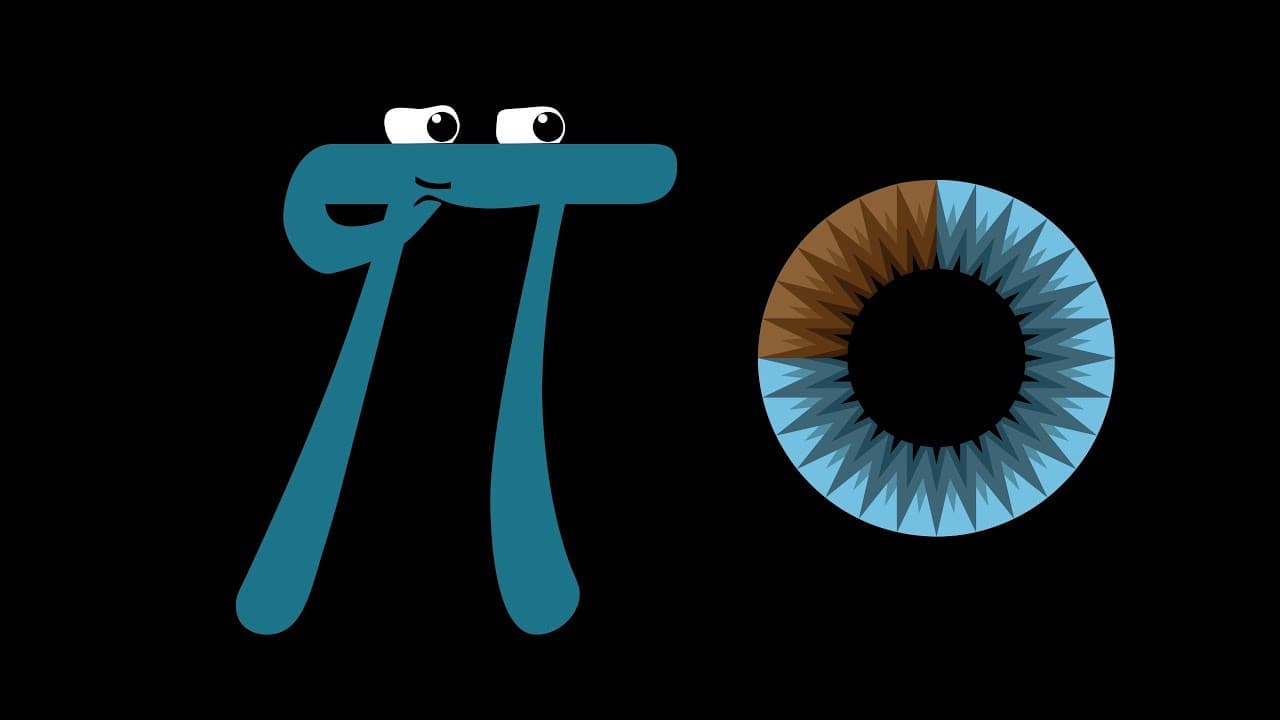
3Blue1Brown: Linear Algebra : Nonsquare Matrix Transformations between dimensions -Chapter 8 Quiz
Created by Shiju P John · 10/15/2025
📚 Subject
Linear Algebra
🎓 Exam
general
🗣 Language
English
🎯 Mode
Practice
🚀 Taken
1 times
No. of Questions
20
Availability
Free
📄 Description
This quiz delves into the sophisticated geometric interpretations of nonsquare matrices as linear transformations between different dimensional spaces, as presented in 3Blue1Brown's 'Essence of Linear Algebra' Chapter 8. It assesses your deep understanding of how such matrices map input vectors from one dimension to output vectors in another. Key concepts include:
-
Matrix Dimensions and Geometric Mapping: A matrix with rows and columns (an matrix) represents a linear transformation from an -dimensional input space to an -dimensional output space. The number of columns, , indicates the dimension of the input space (number of basis vectors), and the number of rows, , indicates the dimension of the output space (number of coordinates for each transformed basis vector).
-
Column Vectors as Transformed Basis Vectors: The columns of the transformation matrix are precisely the coordinates of where the standard basis vectors of the input space land in the output space.
-
Linearity Preservation: Despite changing dimensions, linear transformations maintain the properties that grid lines remain parallel and evenly spaced (where applicable and visualizable), and the origin maps to the origin ().
-
Column Space: The column space of an matrix is the set of all possible output vectors. Geometrically, it represents the subspace that the entire input space is mapped onto in the output space.
-
Rank and Full Rank: The rank of a matrix is the dimension of its column space. A nonsquare matrix is considered 'full rank' if its rank is equal to the minimum of and , which implies that the transformation does not 'squish' the input space into a lower-dimensional subspace than inherently necessary for its dimensions.
-
Information Loss and Embedding: Transformations from higher to lower dimensions () often involve a loss of information ('squishification' onto a lower-dimensional subspace). Transformations from lower to higher dimensions () involve embedding the lower-dimensional space into a higher one.
This quiz demands careful consideration of these concepts, often requiring you to synthesize information and apply abstract reasoning to geometric scenarios. Be prepared for questions that test both conceptual understanding and the ability to interpret mathematical notation.